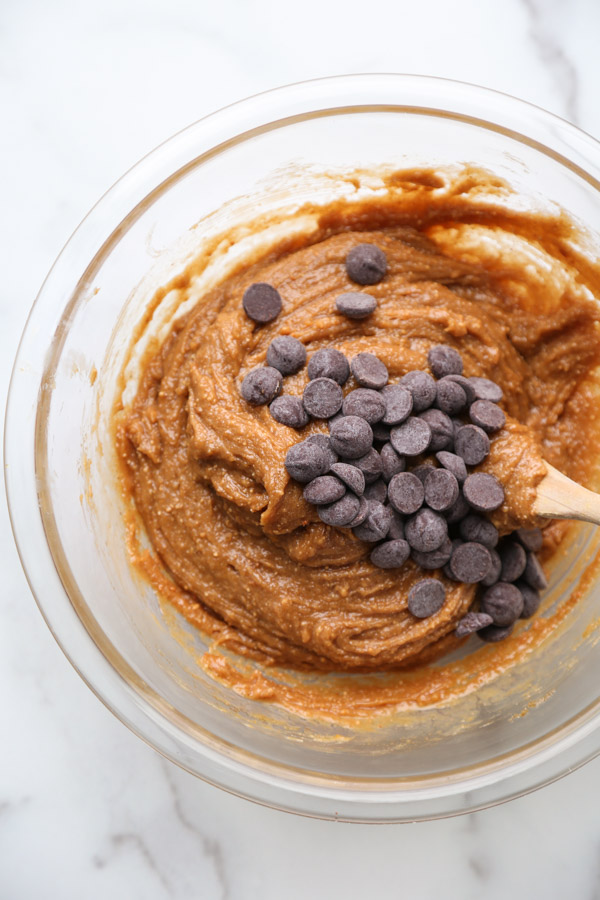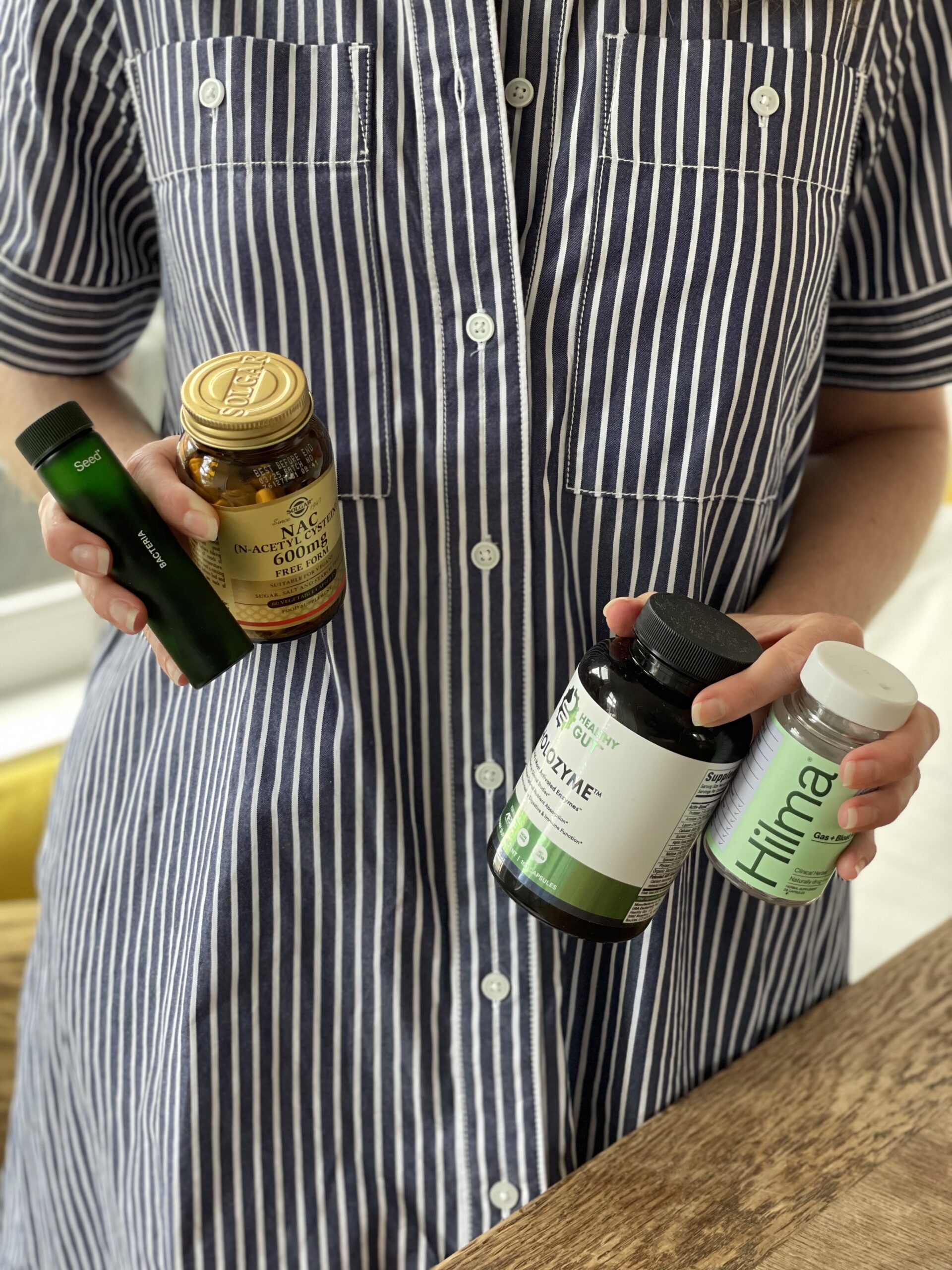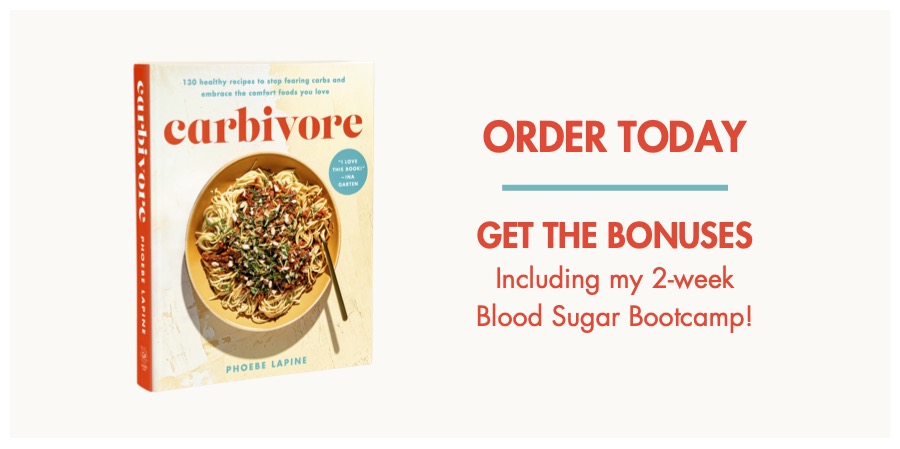This post covers how to tell the difference between symptoms for SIBO and Candida or SIFO (small intestine fungal overgrowth), plus the difference in treatment plans and SIFO diet do’s and don’ts.

What we’ll cover:
- Deciphering your IBS Symptoms
- What is SIBO vs. Candida or SIFO?
- How do you get SIFO or Candida?
- How to do a Candida or SIFO Diet Test
- Tips for Ruling Out Other Gut Issues
Deciphering your SIBO vs. Candida Symptoms
Let me take you through a common SIBO Amigo scenario: you are diagnosed with Small Intestine Bacterial Overgrowth and go through SIBO treatment. You’re feeling 40 or so percent better so you retest and discover the SIBO is gone. But your symptoms—the chronic bloating, betching, nausea, diarrhea and gas—persist, even if they’re to a lesser degree.
It would be nice if there was one problem causing all our IBS issues, and many put all their hopes and dreams on SIBO being that ticket. But unfortunately, many times, there are a few co-infections in play. And one of the most common overlaps is a yeast or fungal overgrowth, also known as candida or SIFO.
What is SIBO vs. Candida or SIFO?
SIBO, or small intestinal bacterial overgrowth, is when perfectly normal bacteria colonize too far up the digestive canal. The majority of your beneficial bacteria is housed in your large intestine, where they aid in important steps in the digestive process, breaking down plant fibers and aiding in elimination.
Though SIBO can be caused by bouts of bad bacteria, it is really an issue of location, not type.
When that same bacterial population takes up residence in the small intestine, it causes a host of digestive issues: gas, bloating, leaky gut, and food intolerances. For a full list you can see my post on SIBO testing or check out my book on the subject, SIBO Made Simple.
Much like bacteria, the presence of yeast or fungus in the body is fairly normal. For the most part, it colonizes our skin and mucous membranes. The problem arises—often from the same risk factors as SIBO, like recurrent antibiotics—when our immune system or microbiome gets thrown out of balance. This can lead to either an overgrowth, or a loss of tolerance for these organisms, or both.
How do you get SIFO or Candida?
There are three main scenarios that cause a yeast or fungal overgrowth.
The first is an infection—the type of thing that might be taken care of with over the counter medications. Think a vaginal yeast infection or fungal infection in a toenail. Excess estrogen is one of the potential triggers for recurrent yeast infections, especially if they tend to get exacerbated around mid-cycle or before your period due to fluctuating hormone levels.
The second scenario is the one we see most commonly with SIBO: an overgrowth in the gut. SIFO means an excessive number of fungal organisms in the small intestine as opposed to SIBO, which is an excessive number of bacterial organisms.
The term was coined by Dr. Satish Rao, who’s one of the leading researchers on the relationship between SIBO and SIFO. Through his studies, which involve taking samples of juices from the small bowel via endoscopy, Dr. Rao has seen that when patients exhibit IBS symptoms, a quarter will have just SIBO, another quarter just SIFO, and roughly half will have both.
The third yeast scenario, which might happen in conjunction with an overgrowth, is when your immune system turns on your fungal friends and becomes intolerant of them. This is another instance where your immune system can be having cross-reactivity issues between different proteins.
For example, people with this type of candida intolerance may also have a sensitivity to gluten or full blown Celiac disease. There’s also a high correlation between loss of yeast tolerance and mast cell activation syndrome, eczema and other skin issues, and Inflammatory Bowel Disease (IBD).
Several studies have found that patients with Crohn’s disease have a higher percentage of colonization of yeast, as well as high levels of anti-yeast antibodies.[i] The immune response to the yeast may actually trigger Crohn’s and associated symptoms in some patients. Similarly, using anti-fungals in treatment of colitis patients has been shown to improve symptoms and remission rates.[ii]
What makes differentiating between SIBO and SIFO tricky is that the symptoms are relatively the same, as are many of the risk factors.
The testing options for determining yeast are much less reliable and accessible than the SIBO breath test, so your best bet is a process of elimination. If the SIBO test is negative and all signs in your health history point towards yeast, treating with a round of antifungals or dietary modifications are an easy next step.[iii]

How to do a Candida or SIFO Diet Test
When you have a fungal overgrowth, it can cause a sensitivity to mold or yeast in your diet. This means that a change in diet can be both part of your treatment plan, and also help you discover if you have SIFO in the first place.
A yeast challenge involves removing yeast and mold-containing foods, plus yeast-feeding foods for five days.
Ingredients to remove on a SIFO Diet include:
- sugar
- baking yeasts
- vinegar
- dried fruit
- fermented alcohol (wine, beer, cider)
- fermented vegetables
- kombucha
- teas
- coffee
- aged meats
- bottled juices
- bone broth
The list includes really anything aged. For a full list, see my book SIBO Made Simple, which also has recipes labeled by Candida or SIFO friendly.
After 5 days, add one of these foods back and gauge your reaction. For example, start with fermented vegetables and see how you feel for the next one to three days.
This diet test is one of the most effective ways (beyond testing) to rule out SIBO vs. Candida.

Tips for Ruling Out Other Gut Issues
Tease out if it’s also a histamine issue. If you react to fermented foods, it could also mean histamine dysregulation, which can be common with both SIBO and fungal overgrowths. You may have noticed that the list of foods above is quite similar to foods that contain a lot of histamine. Test again with distilled vinegar or fresh lemon juice, both of which are high in histamine but not in yeast or molds. For more on this, read or listen to my full interview on histamine intolerance and sibo.
Watch cross-reactivity with other food groups. If you develop an immune resistance or allergy to candida those anti-bodies can cross-react with the gluten protein. Other things to avoid if you’re trying to reduce your yeast symptoms: all sweeteners, eggs, soy, and corn.
Or better yet, do a full elimination diet to find your triggers (more on how to do an elimination diet here).
Keep whole grains in your diet if you tolerate them. Many candida diets on the internet will say to eliminate all starches and starchy vegetables, but this may not be necessary for SIFO.[iv]
“White rice is going to have less mold than if you’re eating a flour product that’s been ground up and has been sitting on the shelf for a while,” says Dr. Ami Kapadia, who specializes in SIFO in her practice. “There’s been studies that show, if you remove all starches, fungi can start to feed on other food groups.”
You can read the transcript from my full interview with Dr. Kapadia on the SIBO Candida connection here.
Look at nutrient deficiencies. Low magnesium, B vitamins, vitamin A, zinc, essential fatty acids, iron, biotin and folate have all been associated with yeast-related problems.
Check for co-infections. Tick-borne illnesses like Lyme and environmental toxins can affect our immune system’s tolerance and overall gut health. Parasites are another biggie.
Pay attention to die-off. If someone has a strong reaction to anti-fungal agents (like those found in many compound herbal protocols for SIBO) that might be a tip off that the immune system is no longer tolerating those organisms.
Be careful of environmental mold. There are studies that show if you have Candida colonization, you can become more prone to develop an environmental mold allergy.[v] If you live in a building with prior water damage, it could elicit an immune system response if you are susceptible. Mold toxins in your home might also be contributing to SIBO since it can affect bile production and tinker with the nervous system. Find a trustworthy environmental consultant in your area if you suspect mold is an issue in your home. You may also want to take on a protocol to detox your liver naturally.
Find ways to reduce symptoms beyond diet. My round-up of the best SIBO supplements has plenty of options that are also candida friendly and can help battle bloating, gas, constipation and more.

References:
[i] https://www.ncbi.nlm.nih.gov/pmc/articles/PMC3163673/
[ii] https://www.medicalnewstoday.com/articles/319633.php
[iii] Nutrition and Candidiasis by Dr. Galland.
[iv] https://www.ncbi.nlm.nih.gov/pmc/articles/PMC3667795/
[v] https://www.ncbi.nlm.nih.gov/pmc/articles/PMC5647975/

Thank you for providing such useful information. I’ve been having trouble coming up with many questions about this topic. I’ll stick with you!